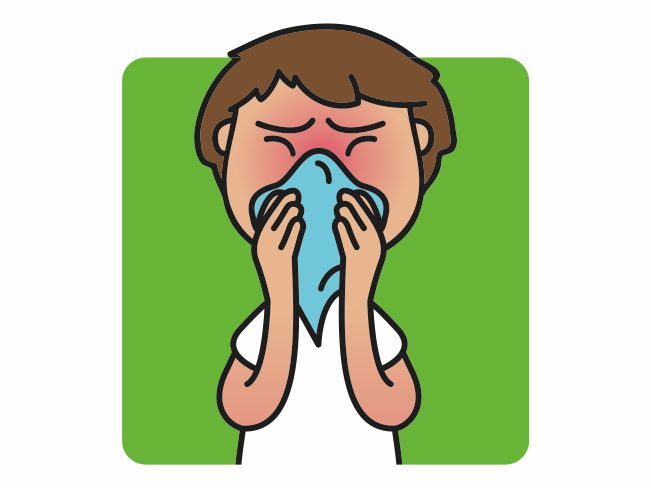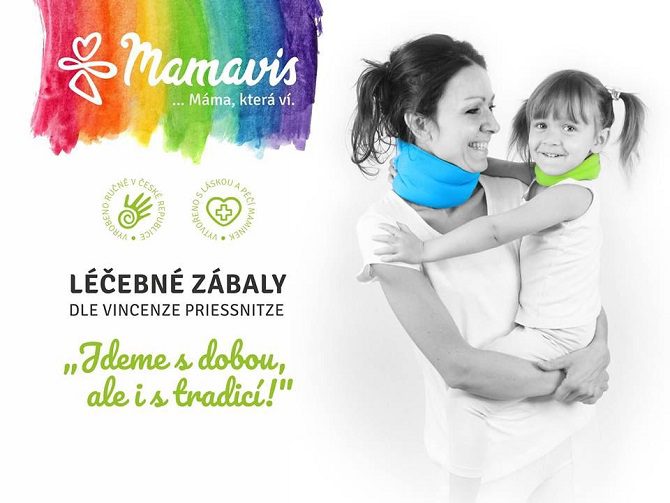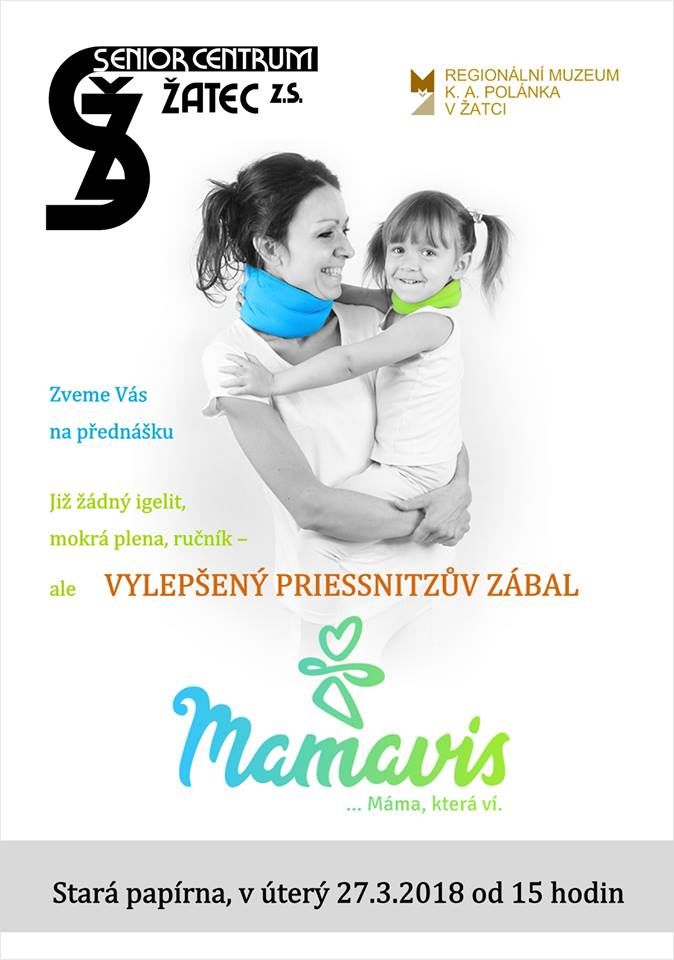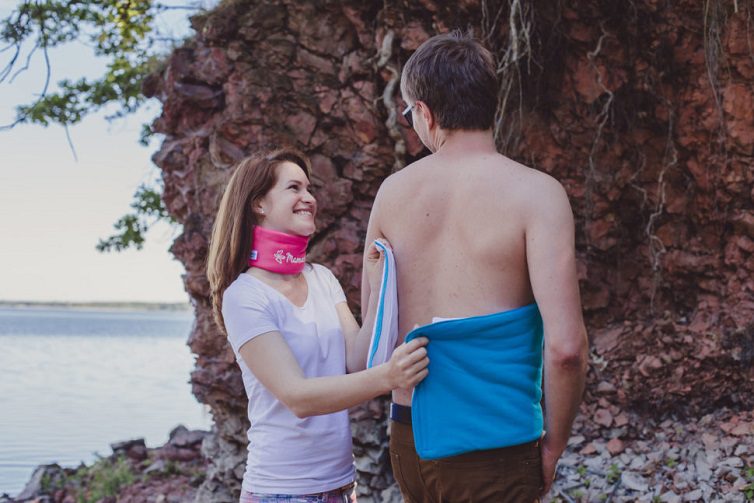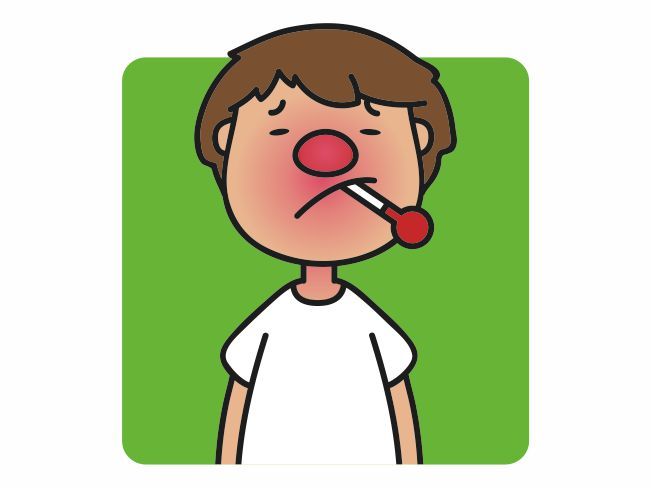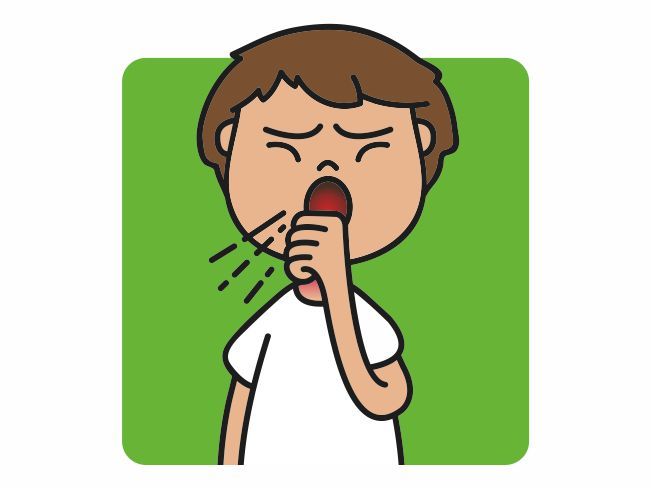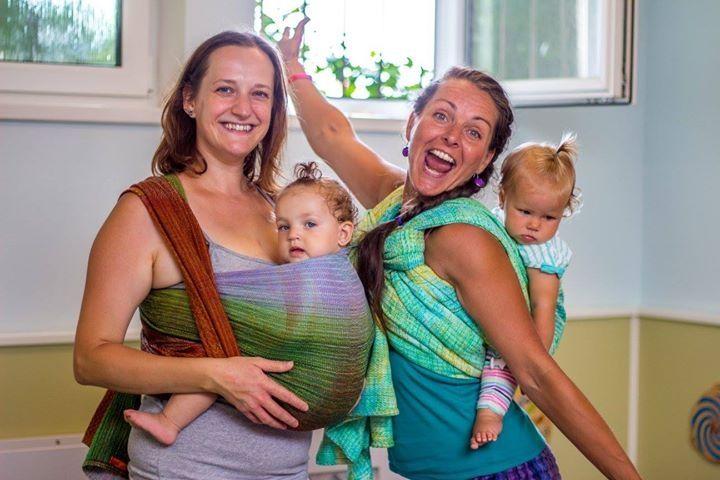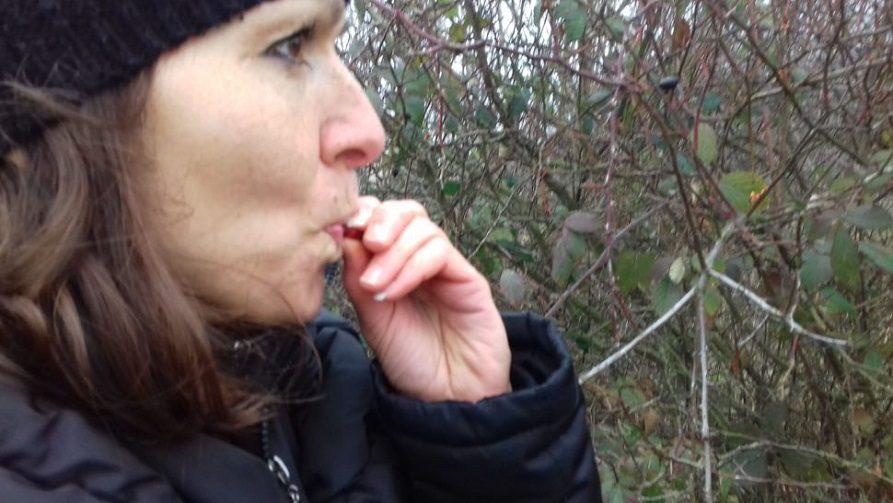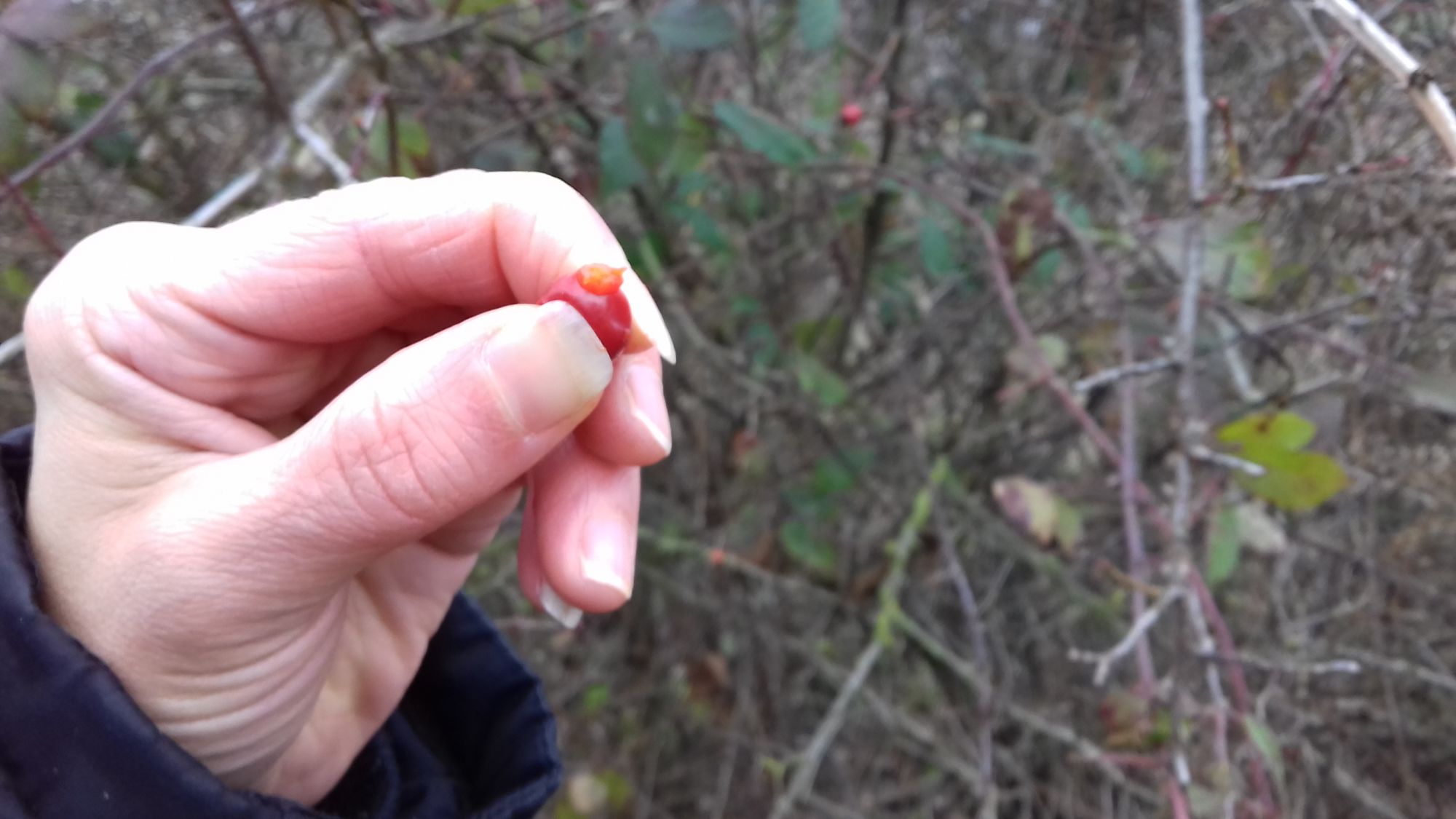How to tell the difference between a cold and the flu. Influenza can be very unpleasant and dangerous for some people. You can read some information about the flu in the article “Is the flu bothering you?”.
Unlike the flu, the common cold is rarely accompanied by a fever (temperature above 38°C/100.4°F ). Most colds start quickly and get better after a week. However, if you are still feeling bad after a week and your symptoms are not getting better, you should see a doctor.
The first sign of a cold is usually a a sore throat. After a few days, the sore throat will subside and you will have a runny nose (watery at first, then thicker and more mucusy) and nasal congestion. On the fourth or fifth day, a cough starts. Children are more likely to have a fever than adults. If green mucus appears with a cold, it may be a sign of a bacterial infection (e.g. sinus infection) that has joined the cold.
How to use Priessnitz wraps
Colds without fever
For common colds without fever, use warm wrap on the chest or feet (slippers).
Leave on for about 30 minutes. Remove and repeat after 1-2 hours. Do this 4-6 times a day.
To make a warm wrap, heat the inside with an iron or on a radiator. However, for longer heat retention, we recommend using warm cherry or buckwheat pads that can be heated in a microwave or oven. You can also apply a warm ointment to the chest and wrap it.
Colds with fever
If you have a cold with a fever, treat it in a similar way to the flu.
If your temperature is above 38°C/100.4°F, use a cold pack on your chest, forehead or feet (wet slippers). If the temperature is above 39°C/102.2°F, use a full body wrap.
Do not use cold packs during the shivering phase.
Apply for 5-8 minutes. Repeat about 4 times in succession, reducing the temperature by 1°C/33.8°F if necessary.
Apply the Priessnitz wrap:
Remove the removable inner part (compress) of the wrap and soak it in cold water (it is important to choose the temperature of the water according to the patient’s condition – for healthy adults the temperature can be 8-16°C/46-60°F, for children and weak or emaciated patients we choose less cold water – about 22°C/71°F.
Put the wrung out compress back into the wrap.
Wrap the wrap around the affected area and fasten with Velcro. The wrap should adhere well.


